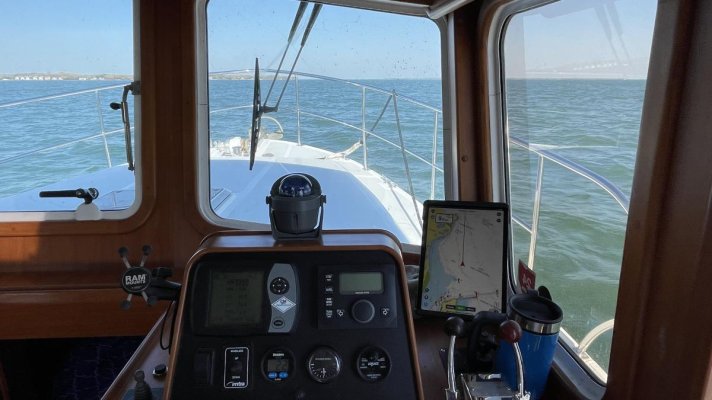tpbrady
Guru
The main reason Coastal Explorer is my primary system is multiple large screens and more importantly ease of use. I haven’t found anybody's MFD that allows you to use a trackball or mouse to interact with it. I started using a trackball when I ran Coastal Explorer on a small notebook in a 22’ C-Dory because of lack of space for a mouse and I hated trackpads. With a wireless trackball, I could be any where at the helm and able to control the display plus rough seas aren’t a problem. You don’t need the keyboard very often. I found creating routes on an MFD a cumbersome process mainly because using keys only to move a cursor and zoom in and out and my fingers and touchscreens don’t get along.
I could go on but I have spent less money on Coastal Explorer over 18 years than the price of most 12 inch MFDs not to mention the only thing that went obsolete is computer it ran on. The computers are multipurpose so I just don’t use them on the boat.
Tom
I could go on but I have spent less money on Coastal Explorer over 18 years than the price of most 12 inch MFDs not to mention the only thing that went obsolete is computer it ran on. The computers are multipurpose so I just don’t use them on the boat.
Tom


